Green Pygmy Goose
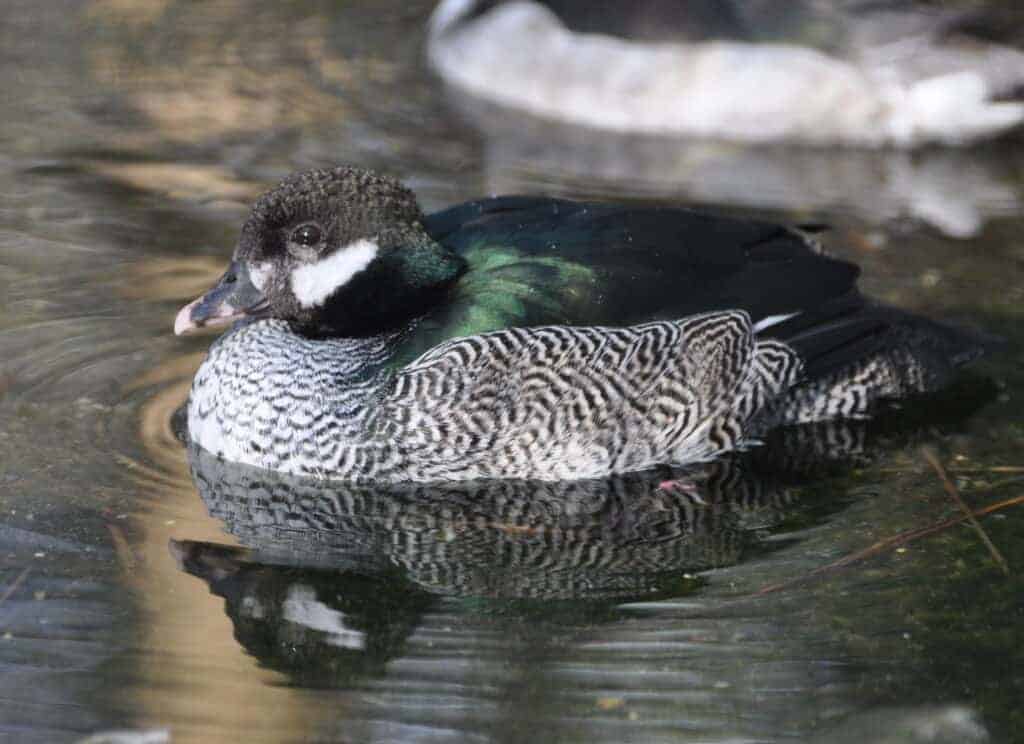
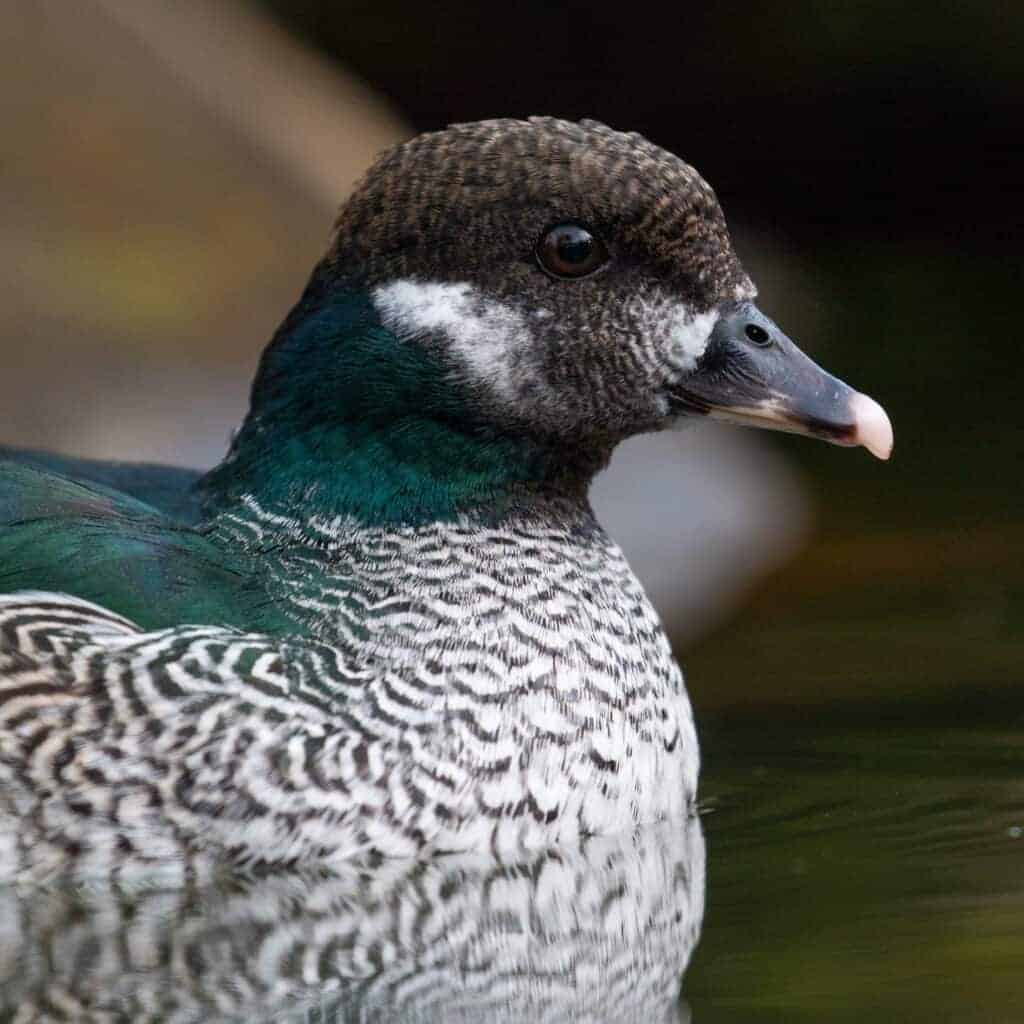
This beautiful little tropical bird remains a great challenge to aviculturists, for it was only bred in captivity successfully for the first time (in a private collection in Holland) in 2005. The Green Pygmy Goose is an extremely rare bird in captivity, but the wild population is not considered to be at risk.
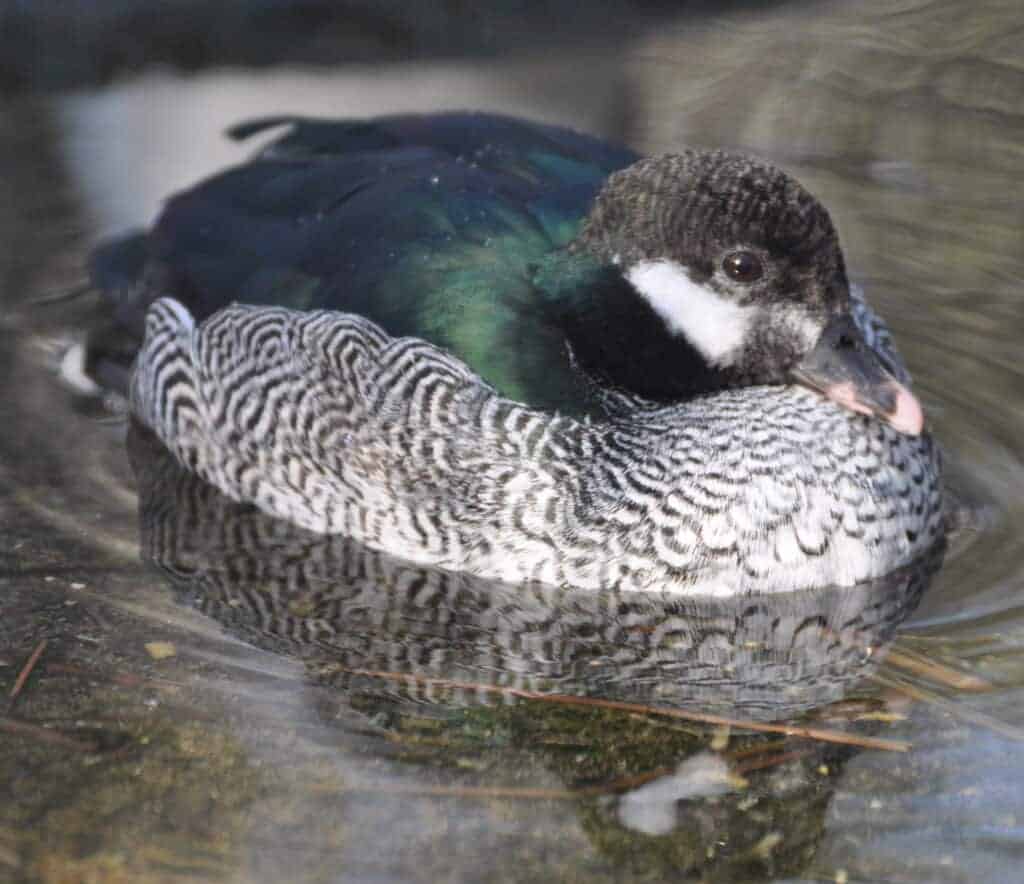
Nettapus pulchellus
The Green Pygmy Goose has the smallest range by far of any in its genus, found exclusively in Northern Australia and southern New Guinea. It favours coastal and lowland wetlands feeding among water lilies, typically picking its food from the surface in a manner reminiscent of a coot, though sometimes diving. There is some dispersal during the wet season, but in the dry season when freshwater is scarce, flocks will congregate on remaining areas of permanent water.
Both sexes of these tiny, rather toy-like birds have similar plumage, with green backs and finely barred underparts. The white cheeks are distinctive, though in eclipse the male’s cheeks become smutty. They breed during the wet season, which in northern Australia is January to March.
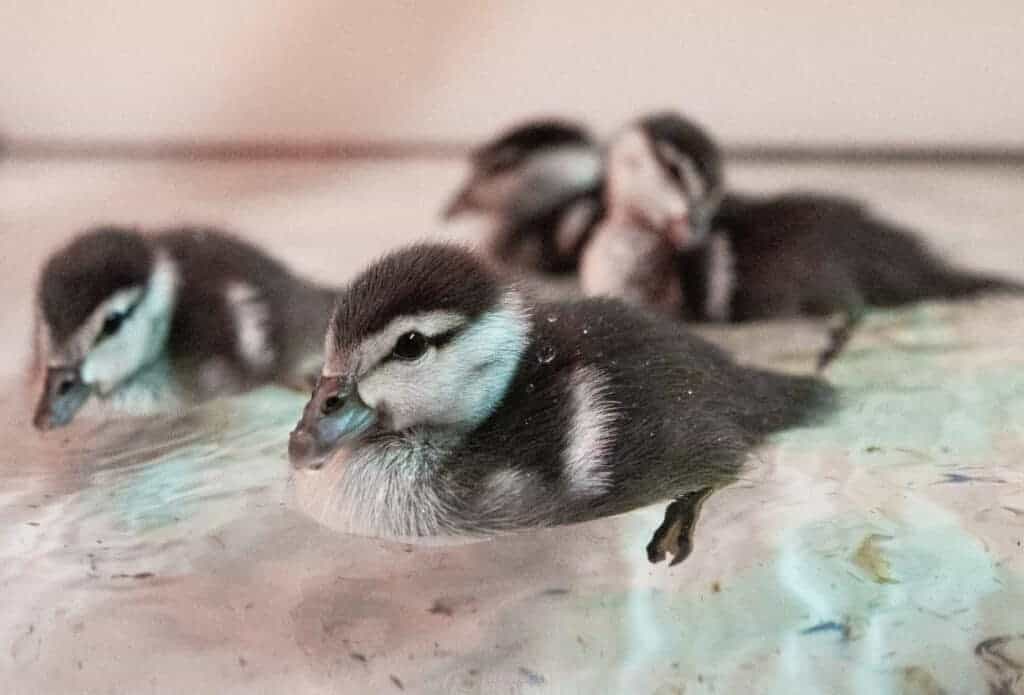
The avian breeding centre at Sylvan Heights Bird Park, part of the world’s largest waterfowl collection, has recently had some success with the Green Pygmy Goose. Skills gained with difficult birds like these are invaluable when species face extinction in the wild. The centre at SHWP is also an avicultural training site for conservation-orientated avian biologists.
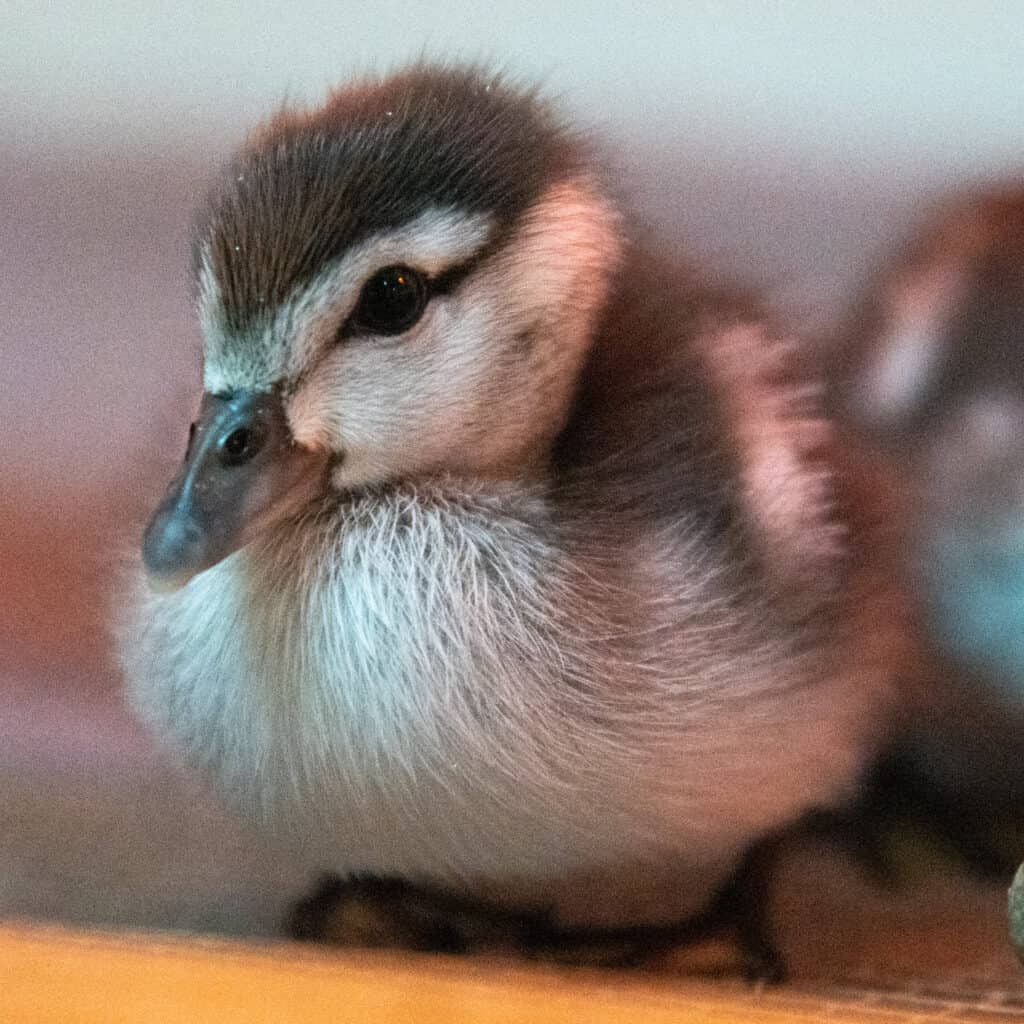
Like the other pygmy geese, they are hole nesters, with the clutch of up to 12 eggs incubated by the female alone.
Share this page